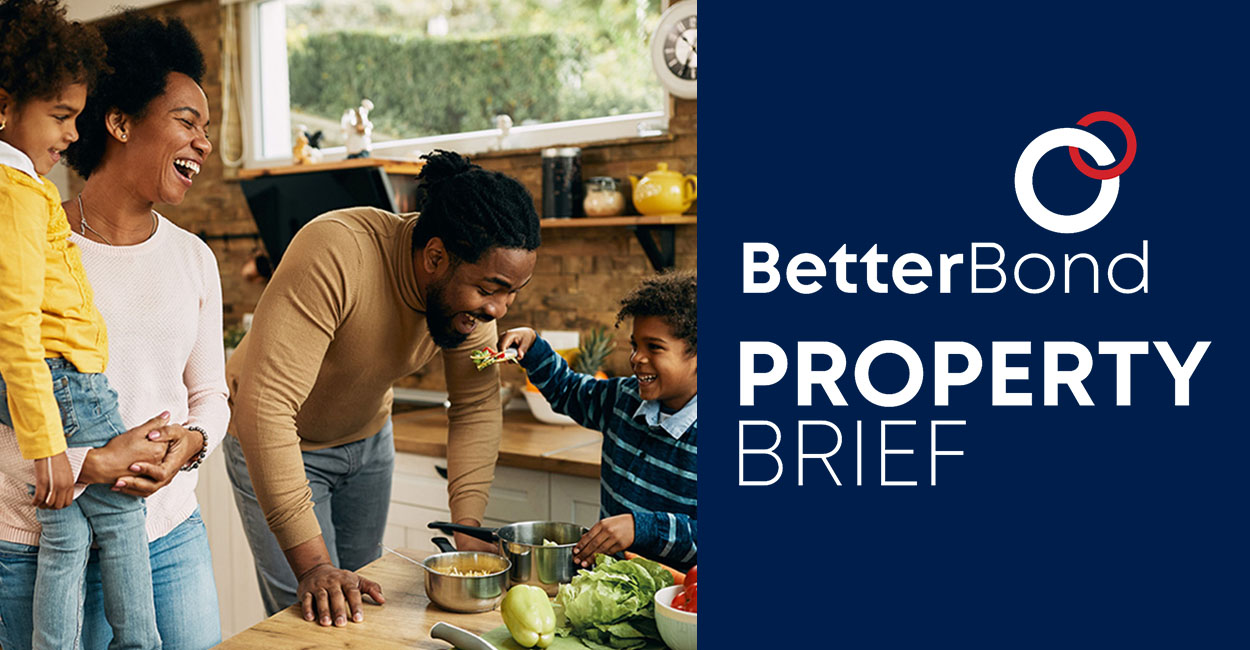MAIN IMAGE: Skoko Sebola, Principal at Leapfrog Midrand
Staff writer
Property practitioners should be aware of the highs and lows of the co-buying of properties by two or more people.
Many people want to invest in property, but not everyone can afford to purchase a house, apartment, or piece of land. Co-ownership for investment purposes is an effective way to get onto the property ownership ladder, but it is not something to jump into blindly. Owning property with a friend, sibling or other close family friends can be tricky.
The definition of co-ownership is simple – it is when two or more people own a property together. This applies to the entire unit and property. One person cannot, for example, solely own certain parts or areas of the property. The property is owned by everyone involved. You can, however, have larger or smaller share amounts of a property. One owner could have a 70% share, while another has 30%. This means that one owner pays 70% of the bond and the other 30%, and in the event of the sale, the profit will be divided up in that split, too.
Skoko Sebola, Principal at Leapfrog Midrand, notes that this is becoming a fashionable way for younger people to get into the market.
“It’s becoming increasingly more difficult for young people to secure the capital needed to own their own homes,” notes Sebola. “This is why we are seeing more of them go into co-ownership with a loved one, a friend or business partner. It is a good starting point and, after the initial payments and fees, often works out the same as co-renting a place together.”
“But you absolutely need to sign a co-ownership contact if this is the route you are going,” Sebola advises. “A lawyer will be able to assist in this regard. This will detail payment arrangements, what happens in the event of a sale, what happens if one owner dies or is unable to pay their part? This is just a snippet of what needs to go into a co-ownership agreement.
“Of course, the more people you have involved, the less profit you get in a sale and the more admin there will be in the ownership process and when making decisions on what to do on the property.”
Pros and cons
The pros outweigh the cons in this regard, but it is important to make a note of all of these.
Pros include shared costs of maintenance, co-manage tenants if you are renting it out, and of course, the immense help this is in getting you into the property market. On the other side of the coin, the cons include the fact that you cannot make any decisions without the consent of other owners. This might hold up planned renovations, upkeep, and maintenance.
“It’s imperative that there is a contract in place – I cannot emphasise this enough,” says Sebola. “This contract will protect the rights of each owner and will be a clear and binding document for your co-ownership arrangement.
“Also, be sure about who you are entering into co-ownership with. Make sure that they are dependable and that you can count on them to make their payments on time, assist with maintenance and upkeep and just generally will not be a difficult person to own a property with. Al parties must have a clear understanding of what they are getting into ahead of time,” concludes Sebola.
Joint ownership
If two people own property together in undivided shares it is advisable to enter into an agreement which will regulate their rights and obligations if they should decide to go their own separate ways.
This applies to unmarried couples, couples married out of community of property and to other joint owners such as partners in a property joint venture or the joint owners of a holiday home.
If the contributions towards the purchase price or costs of transfer were unequal, this should be mentioned, and provision should be made for the inequality when sharing the proceeds should the property be sold.
The responsibility for payment of bond instalments, rates, electricity, water, improvements, and maintenance should be regulated.
An important consideration is the sale of the property or the sale of a share of one of the joint owners, especially if a relationship breaks down.
The owners may agree that if one of them wants to sell his or her share, the whole property must be sold and the proceeds shared, or the agreement may provide that the owner wishing to sell must give the other owner a pre-emptive right to buy.
The agreement should provide what takes place on the death of one of the owners.
Finally, the agreement must state how the proceeds of a sale of the property must be shared after repayment of the bond and after payment of agent’s commission and any other expenses.
Improvement costs
This is a tricky situation especially as our law states that any building or improvement on a property forms part of that property. Granny therefore cannot become the owner of the granny flat unless the flat and the main building are sectionalised as sectional title units. This is usually not an option because of the costs involved.
Another difficulty is that one party may see the contribution as a loan and the other sees it as a donation because they failed to clarify the arrangement. An unambiguous agreement signed beforehand will go a long way towards avoiding conflicts. The contract should include the right to occupy the flat with or without payment of rental.
Other areas to be covered are
- If the property is sold, is the contribution repaid taking into consideration the enhancement to the value of the property and the increase in property values generally?
- Can the owner increase the mortgage on the property without the consent of the contributor?
- Can the property be sold without the consent of the contributor?
- Will the contributor pay for electricity and water consumption and pay a pro rata share of rates?
- Who is responsible for maintaining the buildings?
- What happens on the death of one of the parties? If the owner dies before the contributor, will the contributor still have the right of occupation? The property may have to be sold if the owner predeceases the contributor.
By having a suitable agreement in place, conflict and misunderstanding can be minimised or even avoided. When co-owners are unable to agree on the method of selling the property or how it should be divided, the court will consider the circumstances before making an order according to what is fair and reasonable.
It is important that parties who choose to co-own property must enter into a regulated agreement which clearly states how their partnership may be terminated as well as how the property will be dealt with.








